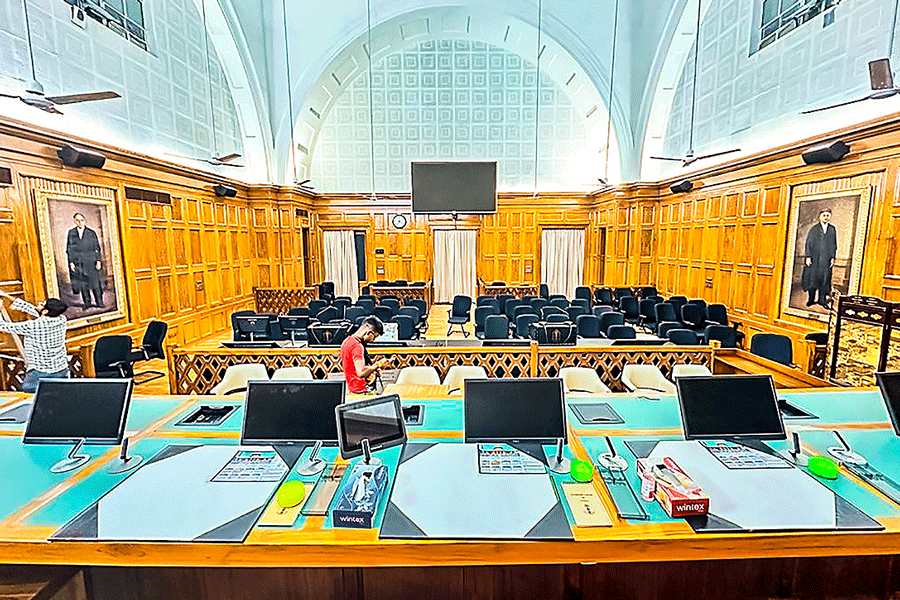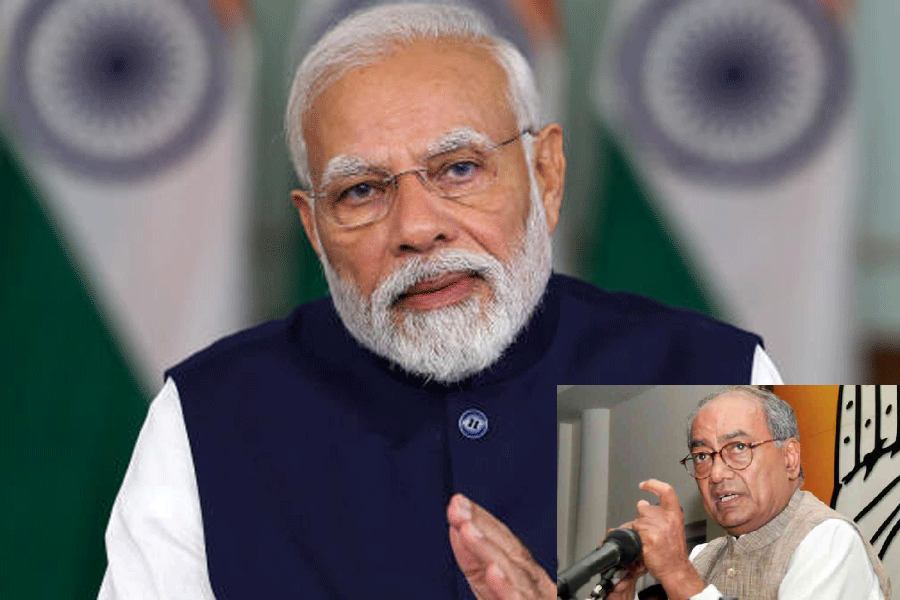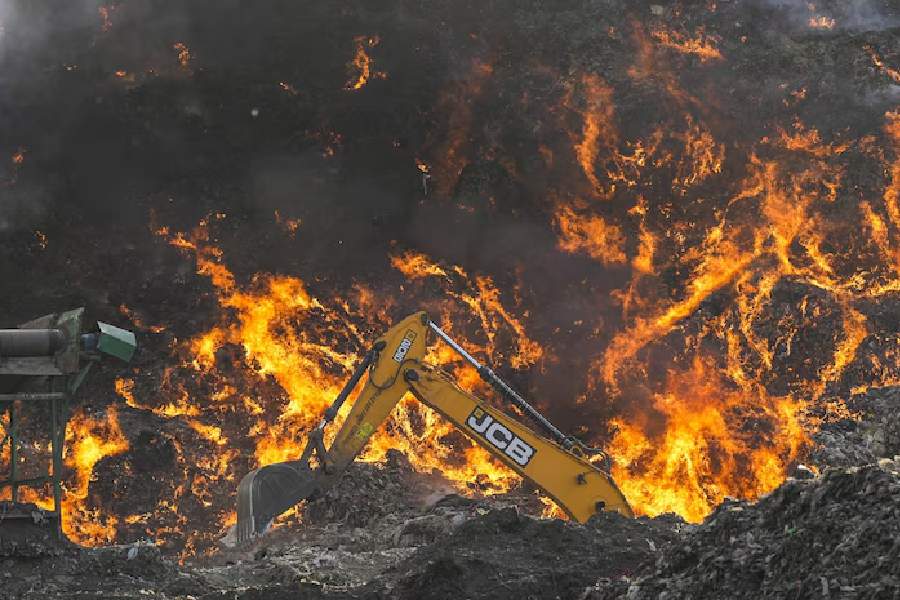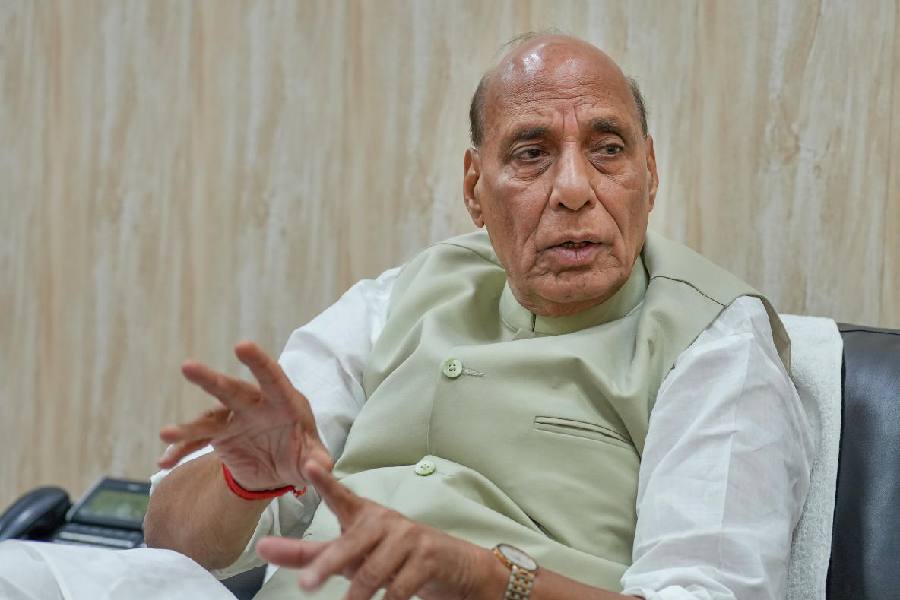Visitors to the Supreme Court were pleasantly surprised to find three paperless courtrooms occupied by the Chief Justice of India and the two seniormost judges on the first day of the court’s reopening after a nearly 45-day summer recess.
Massive electronic screens and gadgets welcomed lawyers, litigants and journalists at courts 1-3, a move aimed at facilitating paperless arguments and electronic reference of voluminous caselaws.
“I hope lawyers have more space now with all books and files gone from the sides. We are also ensuring that courts 1-5 are Wi-Fi-enabled. Bar rooms will also be enabled with the same. Court corridors are also Wi-Fi enabled. Please give me your feedback. All courtrooms will resemble ours (court 1-3), there will be no books or papers at all but that does not mean we will not rely on them,” Chief Justice of India D.Y. Chandrachud told lawyers when the court assembled for the day.
Before the launch of the e-facilities, the court halls were filled with hundreds of legal journals and volumes from the privy council era to enable judges and lawyers to deal with the cases. But they will now be sent to the archives.
According to Rakesh Sharma, spokesperson for the Supreme Court, a series of futuristic upgrades have been implemented in courts 1-3 under the direction of the CJI to enhance the use of technology in judicial proceedings.
The enhancements in the courtrooms include the installation of a state-of-the-art digital video conferencing system to facilitate efficient communication and collaboration. This system enables remote participation and virtual meetings, enhancing the accessibility and connectivity of the courtrooms. Cable cubbies have been integrated into these courtrooms to fulfil the diverse connectivity needs of modern technology. These cubbies are equipped with LAN connections,HDMI (high-definition multimedia interface) outputs, USB C&A ports along with power sockets.
An LED video wall has also been installed in the courtrooms, serving as a high-resolution display for camera feeds and multimedia content. The video wall will enhance the visual impact of presentations, evidence and video recordings, creating an engaging courtroom experience.
“To ensure optimal audio quality and distribution in these courts, a comprehensive sound reinforcement system has been implemented. This system includes flush mount Front of House (FOH) speakers, strategically positioned under-table speakers, and suitable amplifiers. These enhancements deliver clear and balanced audio throughout the courtroom, ensuring that every voice and audio source is heard with exceptional clarity,” the apex court said in a statement.
A document camera has also been provided in the courtrooms to streamline the sharing of document content. This advanced camera enables clear capture and real-time display of physical documents, facilitating seamless sharing of important legal materials, evidence, and exhibits. This technology simplifies the presentation of visual information and enhances the accessibility of courtroom proceedings.










